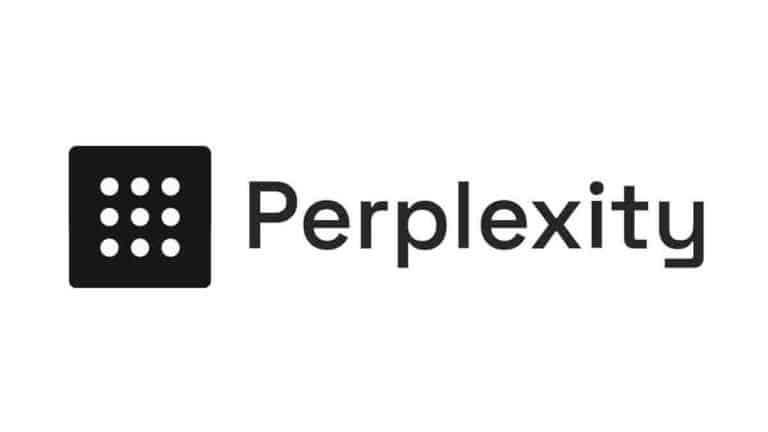Global corporations face a difficult task in predicting credit ratings. In this case, Massaron employs deep learning techniques to forecast credit ratings for global corporations.
Luca Massaron, Senior Data Scientist, Kaggle Master and Google Developer Expert on ML, spoke at the Deep Learning Devcon 2021, organised by The Association of Data Scientists, earlier this month.
In his talk on “Deep Learning for Credit Rating”, Massaron covered topics, such as how deep learning techniques may be used to forecast credit ratings for worldwide business organisations; obligations are compared to the most widely used traditional machine-learning approaches, such as linear models and tree-based classifiers.
(Source: Luca Massaron | DLDC 2021)
According to Massaron, in an article titled “An artificial intelligence approach to shadow rating,” the study’s objective was to demonstrate that neural networks may be a more effective technique for calibrating and predicting ratings than other modelling approaches currently used in the banking industry.
Risk factors in Credit Ratings
Luca proceeded further by explaining the significance of credit ratings. International rating agencies like Standard & Poor’s (S&P), Moody’s and Fitch give credit ratings, which are alphanumeric indications of credit risk. Different ratings correspond to different expected default probabilities. He continued by stating that while rating companies claim to employ both quantitative and qualitative data in determining a rating, they do not disclose the methodology used for assigning. He further explained the risk factors involved in credit ratings.
The discussion went on with the data and the overall workflow, moving over to the “balance sheet index” and “balance sheet ratios” in detail.
(Source: Luca Massaron | DLDC 2021)
Then followed the macroeconomic factors, including country-specific metrics and Eurozone indicators. Finally, the category embedding model of an artificial neural network was discussed.
Massaron continued by discussing the drivers and workflow. They used a sample of 2469 annual corporate credit rating observations to train the model and evaluate its performance. Because their analysis focused on corporate debt, they omitted financial institutions and sovereign debt and examined various sectors.
The proposed model architecture comprises a deep neural network with multiple layers of densely coupled artificial neurons when discussing the model. Similarly, the word embedding technique was used, which involves modelling words and documents.
Prediction using SHAP
In addition, he mentioned the original kappa coefficient when discussing the results, which is a chance-adjusted index of agreement between the algorithm and the ground truth. He went on to say that the SHAP (SHapley Addictive exPlanation) approach is utilised to allocate each feature to a specific prediction.
Later, when discussing the improvements, the speaker mentioned a complex non-linear model against a few cases that do not span the entire state space. He explained the deep double descent, which occurs in CNNs, ResNets, and transformers while discussing regularisation.
Similarly, while considering data augmentation, he stated that one method to overcome the problem of limited data is to attempt to expand it. Mixup is an augmentation that appears to focus on dissimilarity rather than similarity. Additionally, he stated that learning from a few cases results in an irregular and discontinuous decision border in a neural network. It becomes more smooth as a result of the mixup augmentation.
The results of this work also demonstrated an adequate accuracy over different rating classes when applying categorical embeddings to artificial neural network (ANN) architectures.



















































































